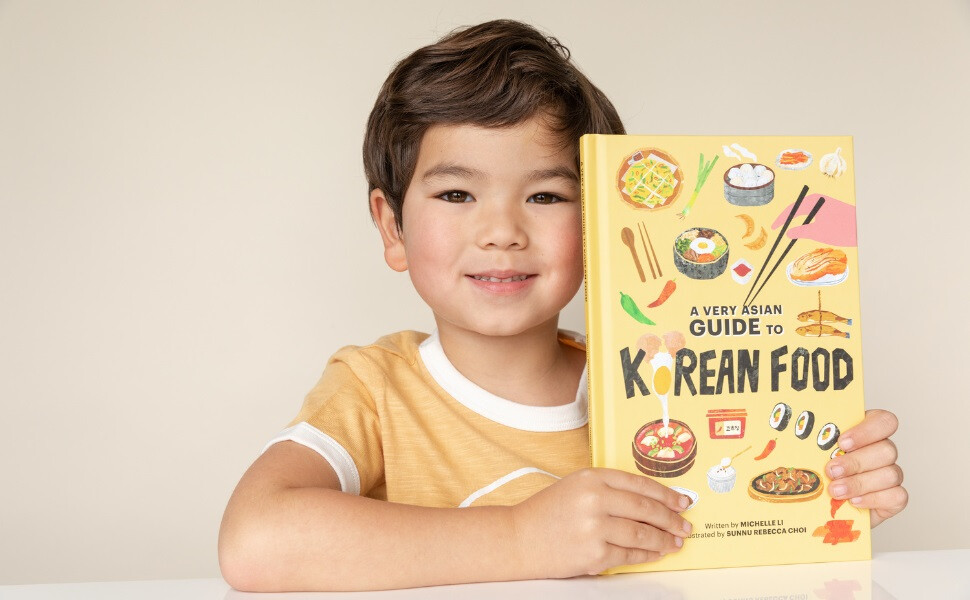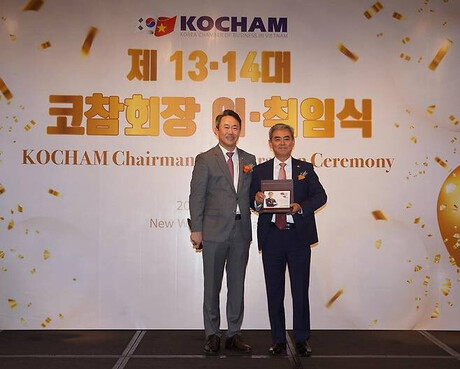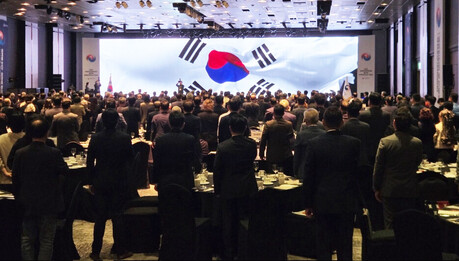
For many Korean children, the rhythmic rolling of "gimbap" (seaweed rice roll) or the savory scent of sizzling kimchi pancakes is more than just about food – it's a love language whispered through generations. Now, a growing wave of English picture books is bringing these cherished culinary traditions to life, inviting a global audience of young readers to savor the magic of Korean cuisine through vibrant storytelling.
From a determined child mastering the art of gimbap making to a mischievous kid obsessed with kimchi, and a birthday girl torn between seaweed soup and cupcakes, these stories illustrate how food acts as a bridge between cultures, a lesson in family heritage, and a delicious adventure waiting to be devoured.
Gimbap, Persimmons, and Kimchi Lead the Way
Recent releases shine a spotlight on beloved Korean dishes like gimbap and persimmons. "Who Made Gimbap?" by Jimin Lee, illustrated by Song-i Kim, tells the heartwarming tale of Yuri, who adores her mother's gimbap and embarks on a culinary quest to surprise her. Lee, a Korean-American author raising bilingual children in the US, noticed a lack of authentic Korean stories in children's literature. "I wanted books my kids could truly relate to," she explained. The gimbap-centric story stemmed from Lee's own rediscovery of the dish's significance after moving to the US. "I believe every Korean has their own memories or stories tied to gimbap, and I want my kids to have those memories, too."
Hannah Chung's "The Most Perfect Persimmon" follows Joo Hong as she eagerly anticipates her grandmother's visit, hoping to offer her the ripest persimmon. Chung, drawn to intergenerational stories, wanted to capture the unspoken language of love shared through food. "Sharing love through food is a powerful, unspoken language passed down through generations, and I wanted to capture that in my story," Chung shared. Persimmons, especially the soft and juicy "hongsi," hold a special place in her heart, reminding her of cherished moments with her grandmother.
Kimchi, a cornerstone of Korean cuisine, also takes center stage in several books. "Slippery, Spicy, Tingly: A Kimchi Mystery" by Yangsook Choi blends humor and tradition. "Kimchi, Kimchi Every Day" by Erica Kim uses a lyrical approach and paper-cut illustrations to showcase the versatility of kimchi. "Stinky Is My Kimchi!" by M.K. Lee tells a humorous tale of a boy's kimchi obsession. "No Kimchi for Me!" by Aram Kim presents a relatable story of a child learning to appreciate this "stinky, spicy" dish.
Food as a Cultural Bridge
Beyond individual dishes, these books explore food's role in celebrations and cross-cultural connections. "Birthday Soup" by Grace Seo Chang, illustrated by Jaime Kim, celebrates "miyeokguk" (seaweed soup), a Korean birthday tradition. "Wish Soup: A Celebration of Seollal" by Junghwa Park introduces "tteokguk" (rice cake soup), a Lunar New Year staple.
"Seoul Food" by Erin Danielle Russell tells the story of a biracial girl who blends her Black and Korean heritages through a unique dish. "I hope my book encourages children to learn about different cultures, and inspires multicultural children like my own to embrace their unique identities," Russell said. "Kimchi or Bratwurst?" by Wyatt Tuell explores a half-Korean, half-German girl's culinary dilemma, highlighting the richness of embracing multiple heritages.
These books offer more than just recipes; they provide a window into Korean culture, fostering understanding and appreciation for its rich culinary traditions. Through vibrant illustrations and engaging narratives, they invite young readers to pull up a chair and experience the warmth, love, and delicious adventures that Korean cuisine has to offer.
[Copyright (c) Global Economic Times. All Rights Reserved.]






























